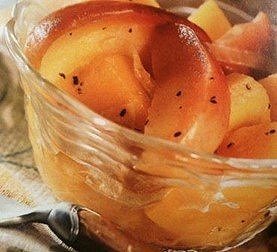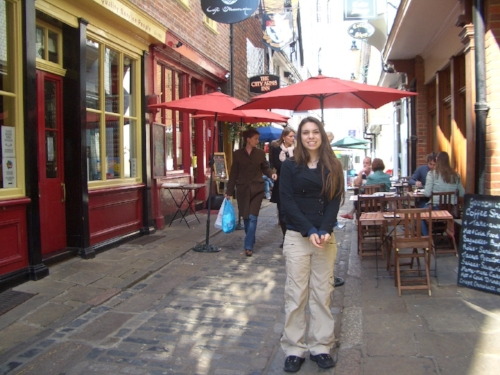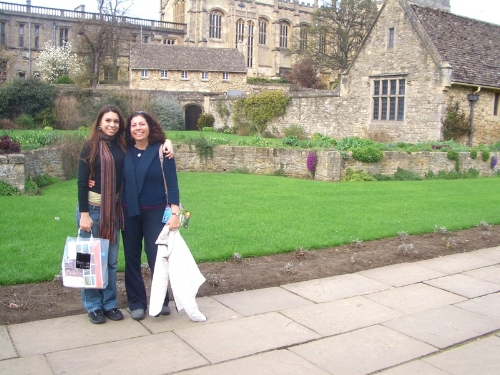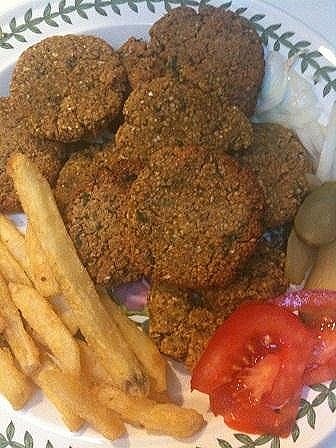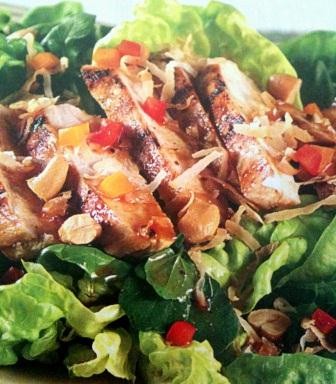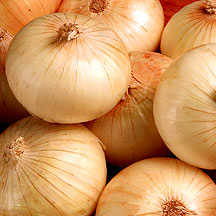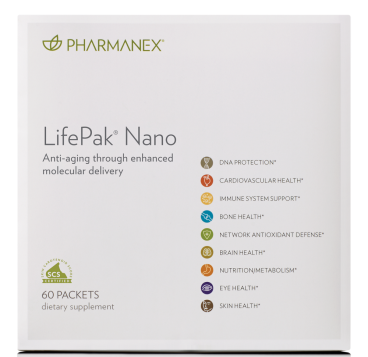Early detection is the most successful way to treat and heal Cancer.
Here are four important steps you should take:
Know your risk and lifestyle factors (how much exercise, foods you eat, stress)
Educate yourself.. learn how to prevent breast and colon cancer
Get regular screenings and do breast exams
See your doctor if you have any of the symptoms
More than 80% of breast cancer cases are discovered when a woman feels a lump herself, 26% would not have been visible by Mammography!
Early breast cancer usually doesn't cause symptoms. But as the tumor grows, it can change how the breast looks or feels. The common changes include:
A lump or thickening in or near the breast or in the underarm area
A change in the size or shape of the breast
Dimpling or puckering in the skin of the breast
A nipple turned inward into the breast
Discharge (fluid) from the nipple, especially if it's bloody
Scaly, red, or swollen skin on the breast, nipple, or areola (the dark area of skin at the center of the breast). The skin may have ridges or pitting so that it looks like the skin of an orange.
Other Imaging Tests
There is a little controversy around the safety of exposure to radiation from mammograms. The proof is that a woman's age and recommended frequency of breast screening has changed.
Personally, I think MRI's should be the method of choice. Now that I have had breast cancer I will not have mammograms.
Look into your insurance, and talk to your doctor about your concerns and options.
Ultrasound: A woman with a lump or other breast change may have an ultrasound test. An ultrasound device sends out sound waves that people can't hear. The sound waves bounce off breast tissues. A computer uses the echoes to create a picture. The picture may show whether a lump is solid, filled with fluid (a cyst), or a mixture of both. Cysts usually are not cancer. But a solid lump may be cancer.
MRI: MRI uses a powerful magnet linked to a computer. It makes detailed pictures of breast tissue. These pictures can show the difference between normal and diseased tissue.
Before starting treatment, you might want a second opinion from another doctor about your diagnosis and treatment plan. Some women worry that their doctor will be offended if they ask for a second opinion. Usually the opposite is true. Most doctors welcome a second opinion. And many health insurance companies will pay for a second opinion if you or your doctor requests it. Some companies require a second opinion.
Biopsy
A biopsy is the removal of tissue to look for cancer cells. A biopsy is the only way to tell for sure if cancer is present.
You may need to have a biopsy if an abnormal area is found. In this case, doctors can use imaging procedures (such as a mammogram, an ultrasound, or MRI) to help see the area and remove tissue.
Your doctor may refer you to a surgeon or breast disease specialist for a biopsy. The surgeon or doctor will remove fluid or tissue from your breast in one of several ways:
Fine-needle aspiration biopsy: Your doctor uses a thin needle to remove cells or fluid from a breast lump.Please be wary of procedures that cut through or make a hole in a mass. I believe the risk is greater than any medical practitioner is willing to admit, since it is costs the Insurance company more to allow a surgical biopsy. You have to assess the risk you want to take: 1) the risk of spreading the cancer if indeed it is malignant, 2) the risk that comes with any surgery.
Risk Factors
Not eating enough fruits and vegetables
Being overweight
Eating too many foods with high fat content
Not getting enough exercise
Drinking alcohol
Smoking
Recommended Tests
Treatment
1. Surgery for early-stage colon cancer If your cancer is small, localized in a polyp and in a very early stage, your doctor may be able to remove it completely during a colonoscopy. If the pathologist determines that the cancer in the polyp doesn't involve the base — where the polyp is attached to the bowel wall — then there's a good chance that the cancer has been completely eliminated.
Some larger polyps may be removed using laparoscopic surgery. In this procedure, your surgeon performs the operation through several small incisions in your abdominal wall, inserting instruments with attached cameras that display your colon on a video monitor. The surgeon may also take samples from lymph nodes in the area where the cancer is located.
2. Surgery for invasive colon cancer
If your colon cancer has grown into or through your colon, your surgeon may recommend a partial colectomy to remove the part of your colon that contains the cancer, along with a margin of normal tissue on either side of the cancer.
3. Chemotherapy Chemotherapy uses drugs to destroy cancer cells. Chemotherapy can be used to destroy cancer cells after surgery, to control tumor growth or to relieve symptoms of colon cancer. Your doctor may recommend chemotherapy if your cancer has spread beyond the wall of the colon or if your cancer has spread to the lymph nodes. In people with rectal cancer, chemotherapy is typically used along with radiation therapy.
4. Radiation therapy Radiation therapy uses powerful energy sources, such as X-rays, to kill any cancer cells that might remain after surgery, to shrink large tumors before an operation so that they can be removed more easily, or to relieve symptoms of colon cancer and rectal cancer.
5. Targeted drug therapy Drugs that target specific defects that allow cancer cells to proliferate are available to people with advanced colon cancer, including bevacizumab (Avastin), cetuximab (Erbitux) and panitumumab (Vectibix). Targeted drugs can be given along with chemotherapy or alone. Targeted drugs are typically reserved for people with advanced colon cancer.
Cervical cancer is a disease in which malignant (cancer) cells form in the tissues of the cervix.
The cervix is the lower, narrow end of the uterus (the hollow, pear-shaped organ where a fetus grows). The cervix leads from the uterus to the vagina (birth canal).
Risk Factors
Anything that increases your risk of getting a disease is called a risk factor. Having a risk factor does not mean that you will get cancer; not having risk factors doesn't mean that you will not get cancer. People who think they may be at risk should discuss this with their doctor.
Infection of the cervix with human papillomavirus (HPV) is the most common cause of cervical cancer. Not all women with HPV infection, however, will develop cervical cancer. Women who do not regularly have a Pap smear to detect HPV or abnormal cells in the cervix are at increased risk of cervical cancer.
Giving birth to many children.
Having many sexual partners.
Having first sexual intercourse at a young age.
Smoking cigarettes.
Using oral contraceptives ("the Pill").
Having a weakened immune system (Keep up your antioxidant intake!)
Symptoms
There are usually no noticeable signs of early cervical cancer but it can be detected early with regular check-ups.
Have regular check-ups, including a Pap smear to check for abnormal cells in the cervix. The chance of recovery is better when the cancer is found early. A doctor should be consulted if any of the following problems occur:
Treatment
1. Surgery (removing the cancer in an operation) is sometimes used to treat cervical cancer. The following surgical procedures may be used:
Conization: A procedure to remove a cone-shaped piece of tissue from the cervix and cervical canal. A pathologist views the tissue under a microscope to look for cancer cells. Conization may be used to diagnose or treat a cervical condition. This procedure is also called a cone biopsy.
Total hysterectomy: Surgery to remove the uterus, including the cervix.
2. Radiation - There are two types of radiation therapy. External radiation therapy uses a machine outside the body to send radiation toward the cancer. Internal radiation therapy uses a radioactive substance sealed in needles, seeds, wires, or catheters that are placed directly into or near the cancer.
3. Chemotherapy may be given at the same time as radiation therapy (chemoradiation). Compared with radiation alone, chemoradiation improves survival. It is usually used as the primary therapy or after a hysterectomy.



